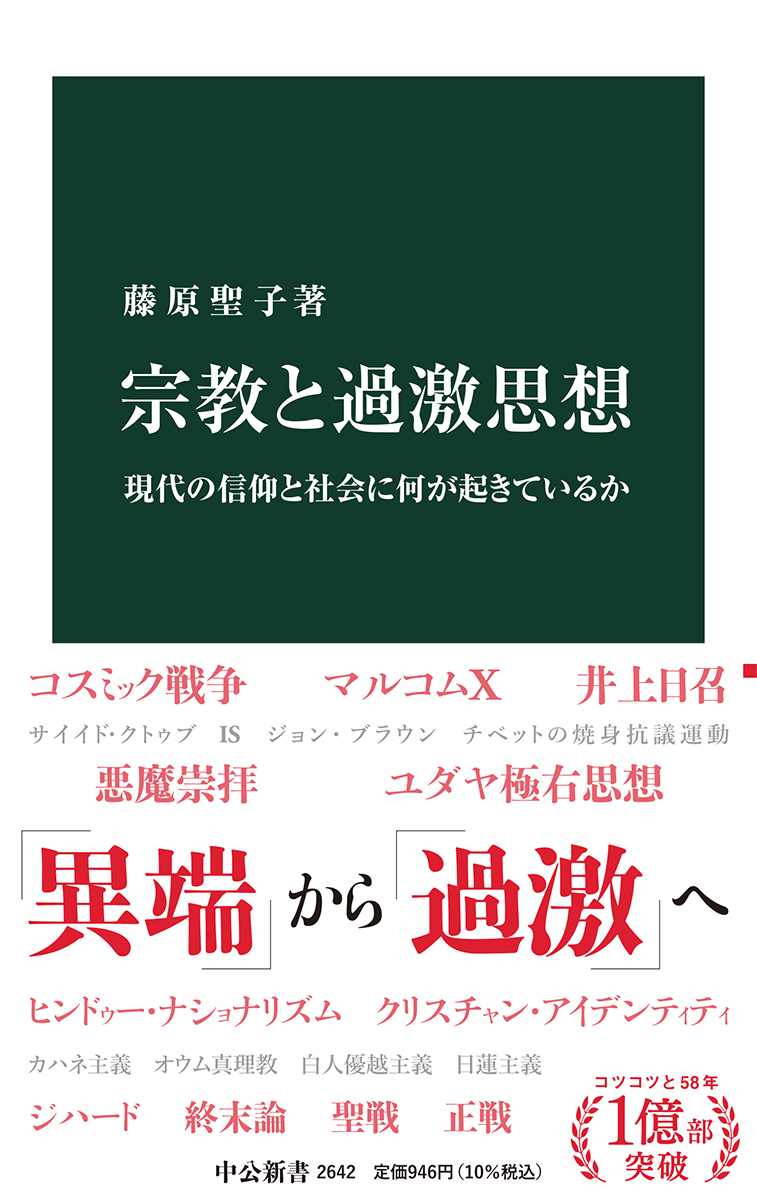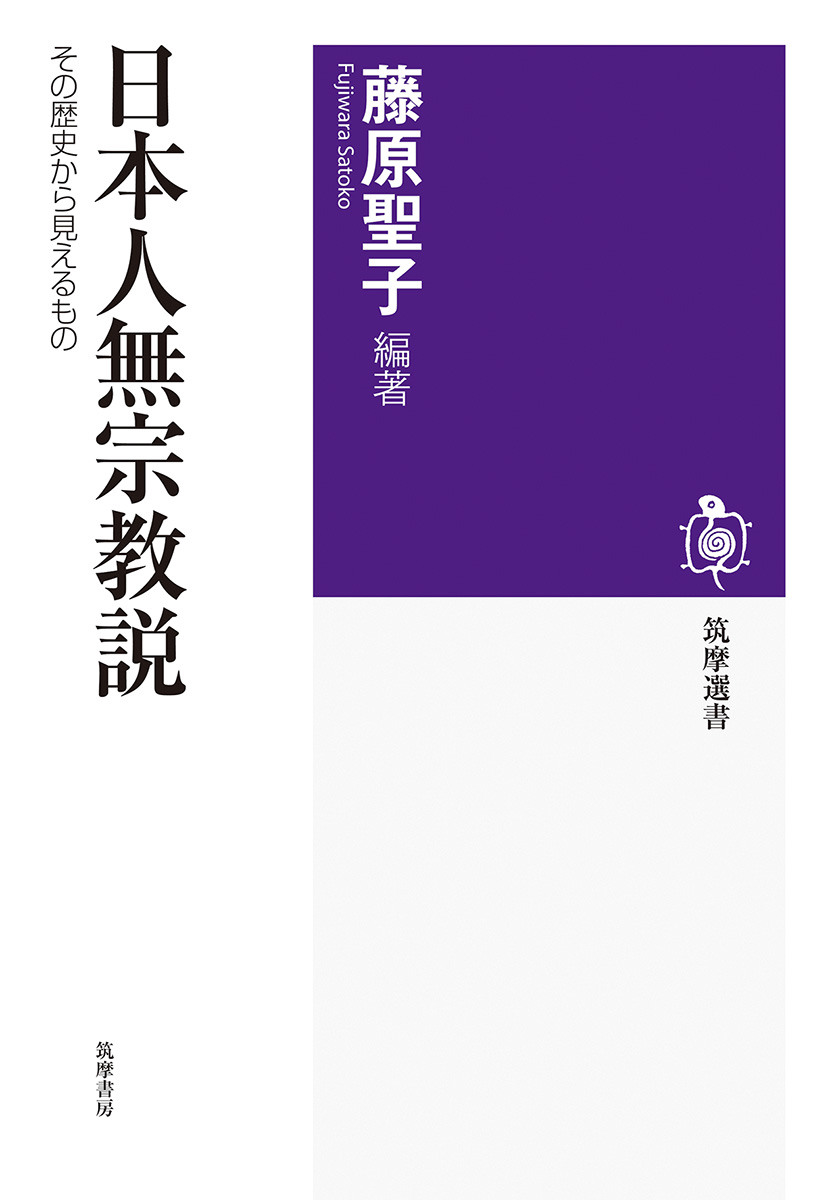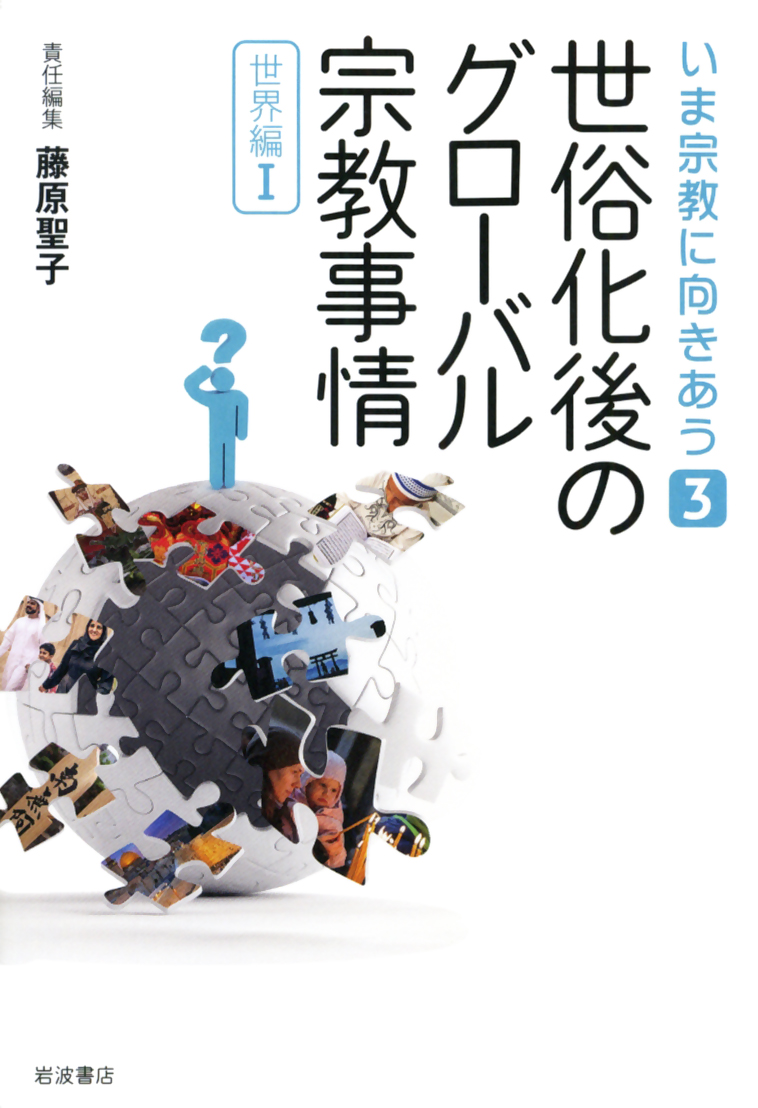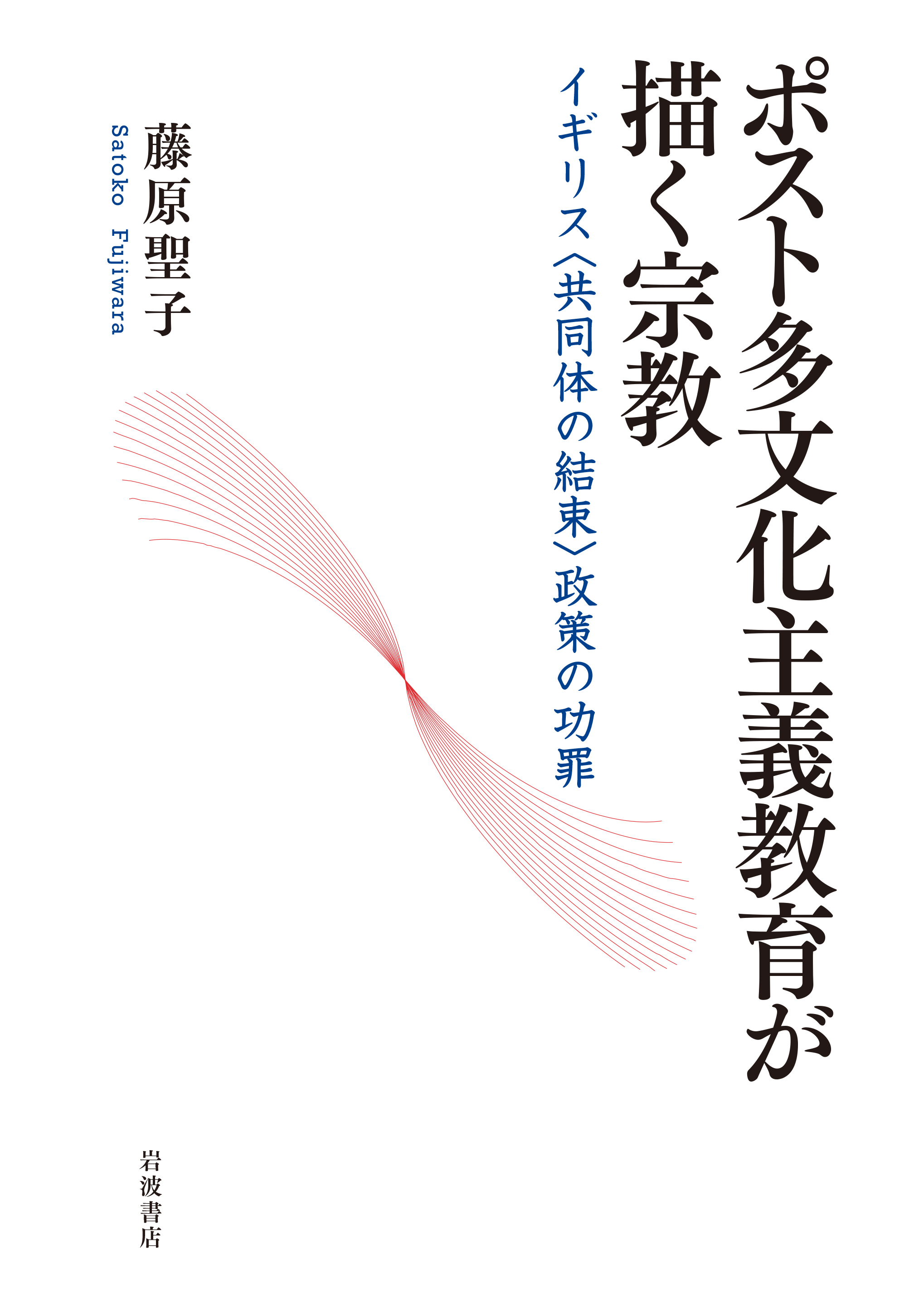
Title
CHUKOSHINSHO Shūkyō to Kagekisisō (What Is This Thing Called “Religious Extremism”?)
Size
264 pages, paperback pocket edition
Language
Japanese
Released
May 20, 2021
ISBN
978-4-12-102642-2
Published by
CHUOKORON-SHINSHA
Book Info
See Book Availability at Library
Japanese Page
This is the first Japanese book on religious extremism (radicalism) that addresses various traditions across the world. In the 21st century, the study of “religion and violence” has gained popularity. However, discussions tend to either claim that: “While many in the West assume that Islam is violent, a significant number of verses in the Bible affirm violence” or “Despite the popular image of Eastern religions as peaceful and tolerant, much blood has been shed in the history of Buddhism and Hinduism as well.” These statements do not work in Japan in redressing stereotypes. They would only highlight the Japanese stereotype of “religion (shūkyō)” itself as inherently dangerous.
Contrastingly, while addressing cases in Buddhism, Christianity, Hinduism, Islam, Judaism, Shinto, neo-paganism and satanism, this book rather attempts to ask “Who are WE that call this and that religious thought ‘extremist’?” Asking such a question was not my original purpose. Amid my comparative research on religious thoughts and their advocates commonly labeled as extremist, not only have I gradually found shared characteristics among them, I also realized that the characteristics largely mirror ourselves, that is, the self-proclaimed least extreme, least violent, ordinary people. Moreover, I have been convinced that religious extremism is a modern phenomenon, having noticed significant differences between contemporary religious extremism and classical heresies. These are my original findings, which I hesitate to disclose here online, without all the nuanced arguments required for a topic as controversial as religious extremism.
Instead, let me confine this book description to the reasons for the selection of individual thinkers. Among Islamic traditions, I focus on Sayyid Qutb, Malcolm X, and Hassan Ko Nakata (a Japanese Muslim who aims to reestablish the Caliphate). As seen in the Black Lives Matter movement, African Americans remain discriminated against, but it is also true that Malcolm X has been an icon of “cool” black culture, particularly along with the global spread of hip-hop, including in Japan. However, there is no Muslim admired by non-Muslims as much as he is outside the US, especially in the Middle East. I argue that such a lopsided view is completely untenable.
Regarding Christian traditions, I compare the so-called first American terrorist, John Brown, and current abortion clinic bombers. While many praise Brown as a courageous activist who propelled the abolitionist movement, pro-life attackers are often disdained although they claim to be the successors of Brown. I carefully examine whether there is a substantial difference between them. I also refer to a Japanese writer, Bochō Yamamura, now viewed as a slow-life-loving Christian despite having written a radicalistic book for children in the pre-war period.
Regarding Buddhist examples, I have chosen a Japanese preacher of Nichirenism, Nisshō Inoue, who led a coup attempt in 1932, and recent self-immolation cases among Tibetan Buddhist monks, to be deliberately compared with Aum Shinrikyo. It is indeed difficult as well as politically naïve to draw a sharp line between “good” and “bad” Buddhists. That said, I offer a well-documented comparison centered upon the concept of phowa, or “mercy killing.”
From Jewish traditions, I introduce Meir Kahane, oft-called the Jewish Hitler, from Hinduism, Hindu nationalism, or the Hindutva movement, and from Shinto, Andō Shōeki, whom his recent followers have attempted to revalorize as a radical revolutionary ecologist. Japanese people tend to categorize these three religious traditions as “national religions” as opposed to “world/universal religions.” I ask whether such categorization oversimplifies the relationships between religion and nationalism regarding violence and extremism.
(Written by FUJIWARA Satoko, Professor, Graduate School of Humanities and Sociology / 2021)



 Find a book
Find a book




